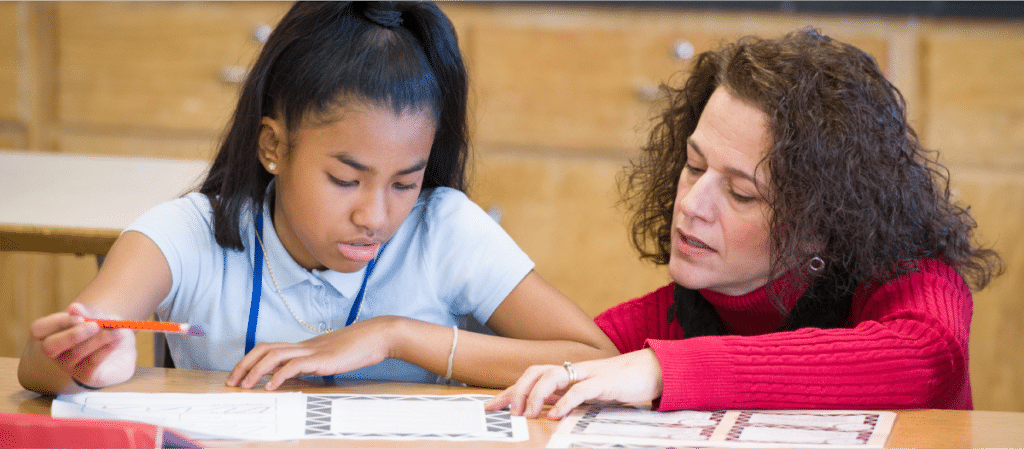
Long breaks away from school offer students opportunities to relax and spend time with family and friends, but they can also make returning to school challenging. After winter break is an ideal time to help students reconnect with their focus and motivation by having them revisit their goals and set new ones. How can you engage your students in this meaningful process? Here are six tips to try.
Provide opportunities for students to assess the goals they set up at the beginning of the year. Encourage them to select pieces of their schoolwork that will help them reflect on their progress. Prompt them by posing the question, “What am I most proud of?”
Our brains are wired to celebrate! Have your students use a partner talk structure to share their reflections with peers: “I am proud of ___ because ___, and here is an example of that.” Once a student has shared, their partner can give them a compliment. Use Interactive Modeling to demonstrate what compliments look, sound, and feel like. For example, “I noticed you write neatly and add interesting details in your story. That made it engaging to read.” Celebrating with classmates increases confidence, motivation, and focus.
Display desired classroom outcomes for the year. Write them so they are clear and easy to understand. When students know the goals for the year, they make better decisions on where to focus to continue growing and learning. Discuss examples of what achieving the goals looks like.
Use envisioning language to show students all that is possible and to reflect on what matters to them. “I am looking forward to hearing what excites you and the contributions you will make to your community.” This type of language gives students confidence and optimism and connects them with the real world. Alternate with questions such as “What would an expert on ________ look and sound like?”
Envisioning language leads to actions with increased clarity because students are starting from what excites and matters to them the most. Here is an open-ended question to guide your students: “What would you need to make this happen?”
Keep students motivated with a growth mindset by celebrating, tracking progress, and making adjustments.
These six simple tips will assist you in helping your students make their goals a reality. Cultural anthropologist Margaret Mead once said, “Teach children how to think, not what to think.” Having more tools in your toolbox will support a meaningful thinking process for your students as they return from time off.
Patricia Cano is a consulting teacher for Center for Responsive Schools.